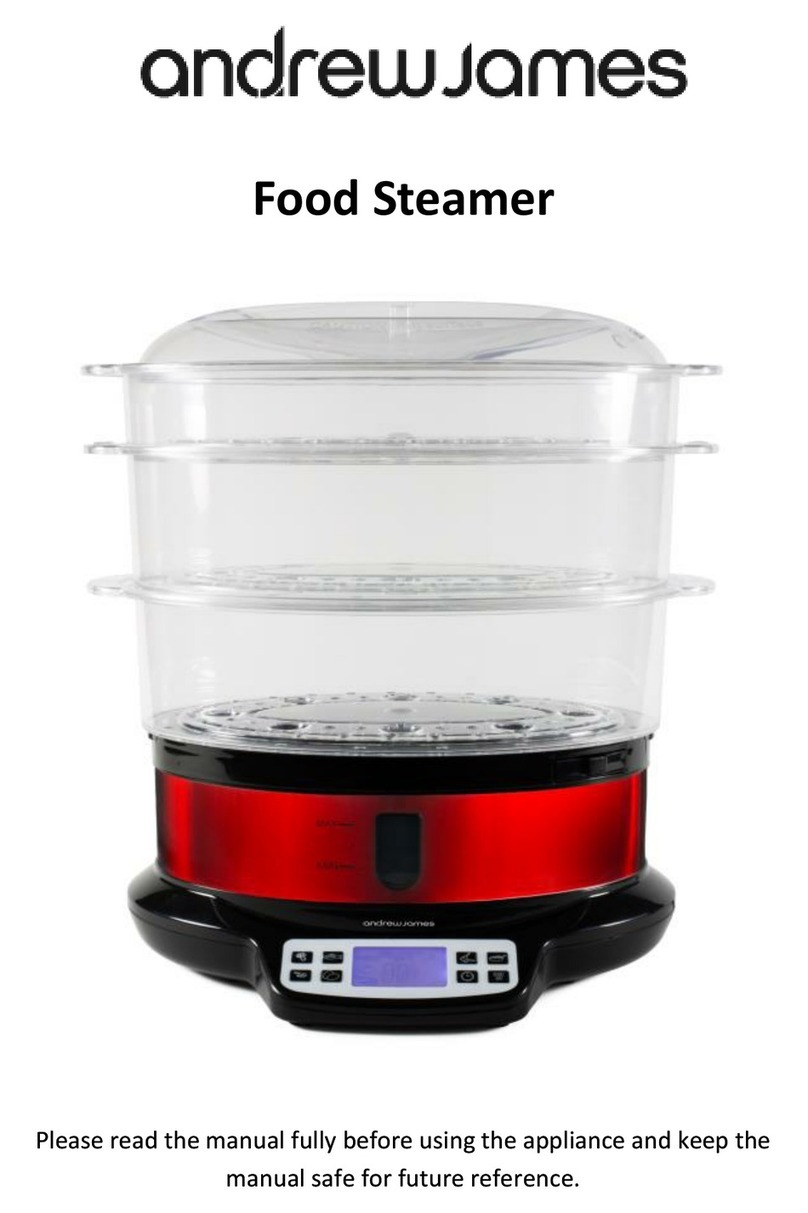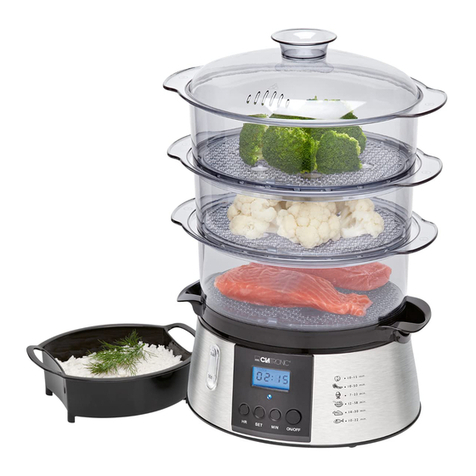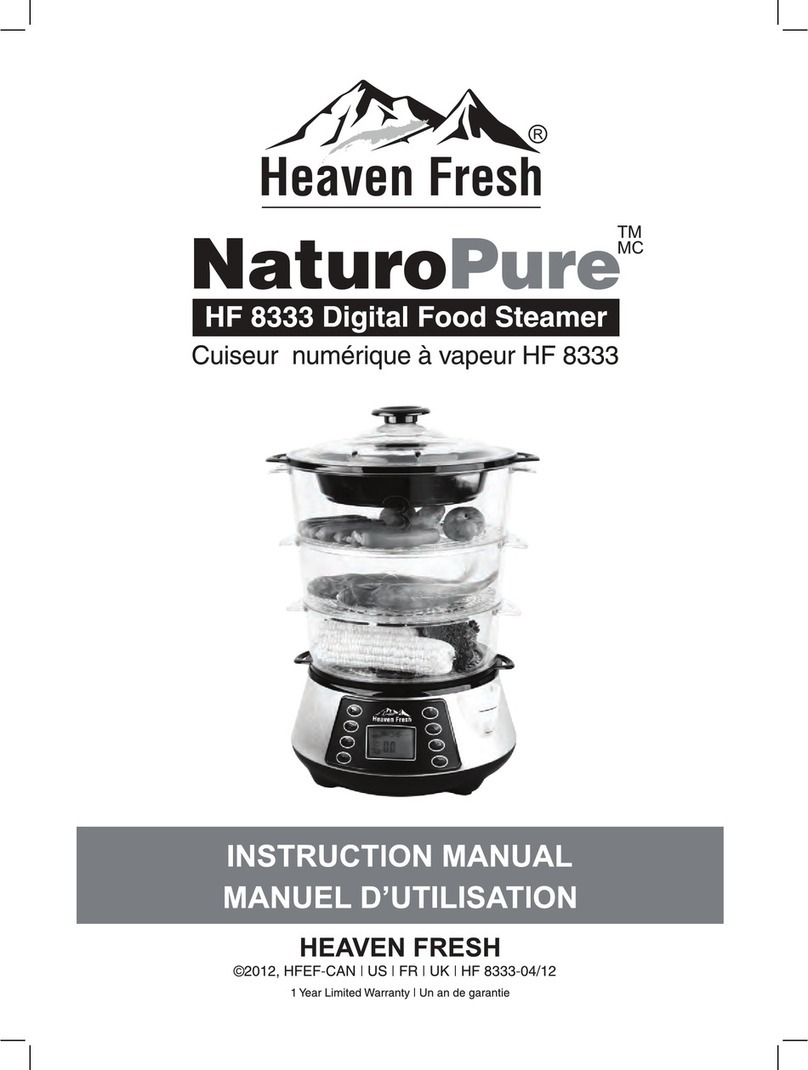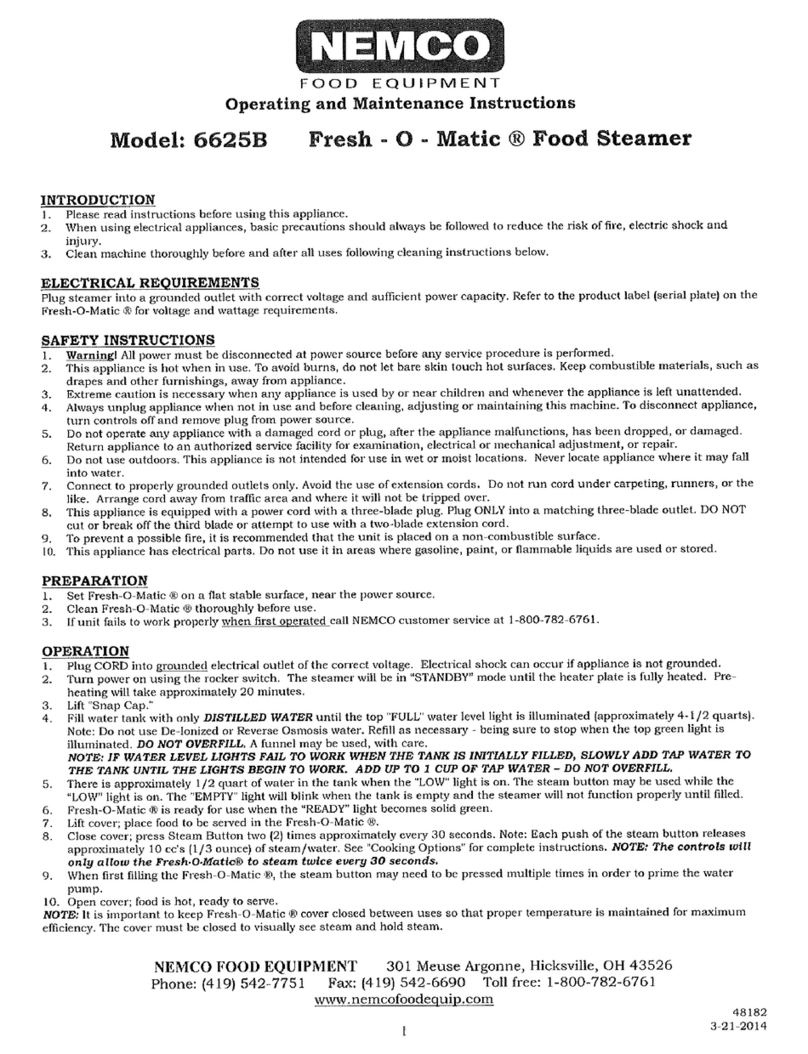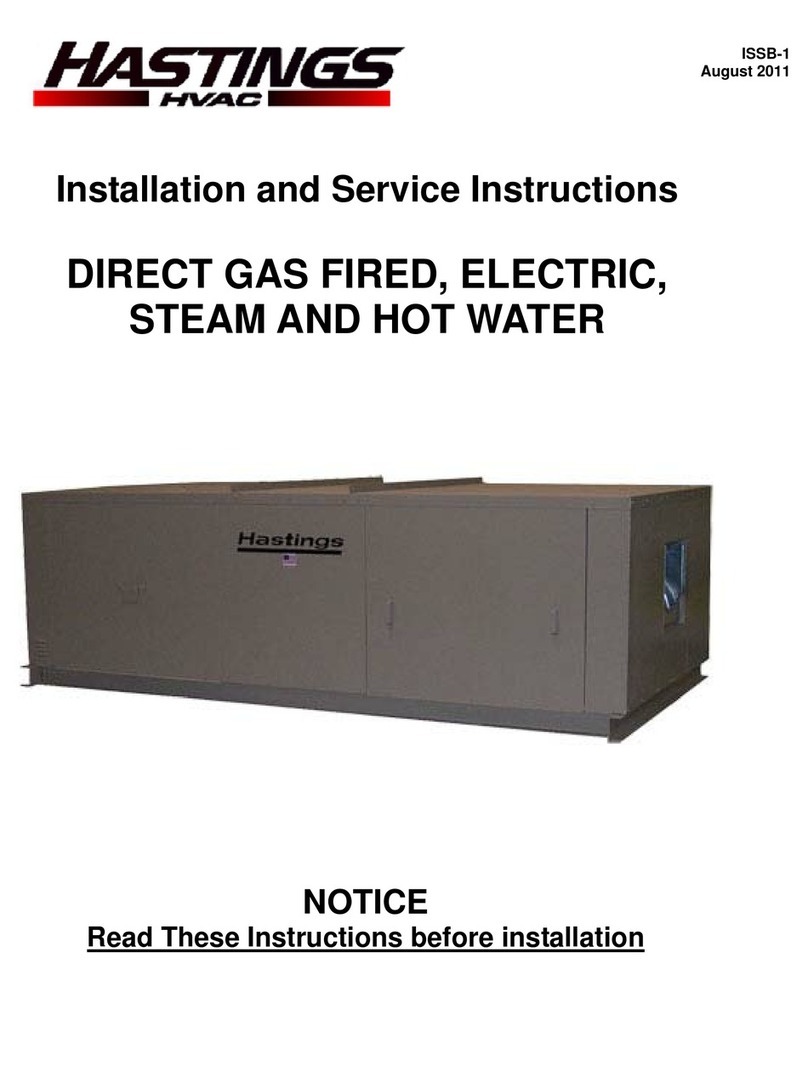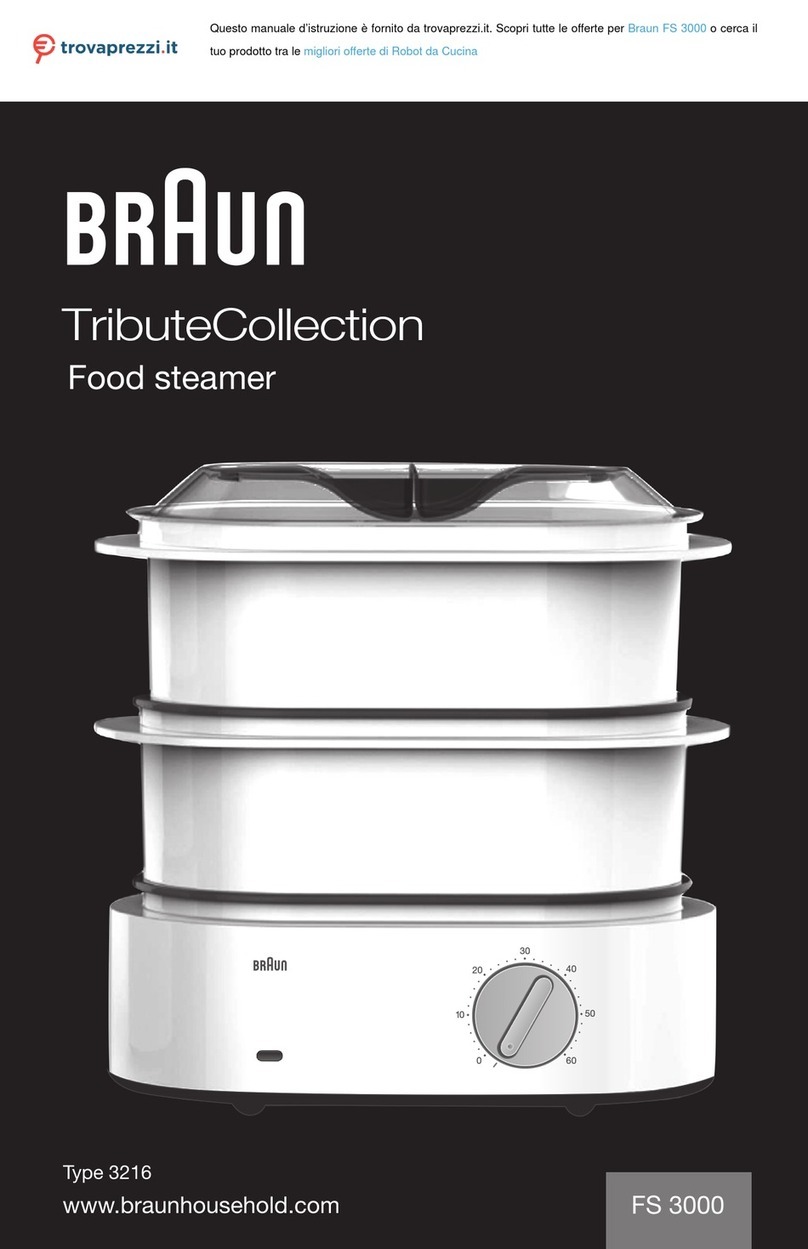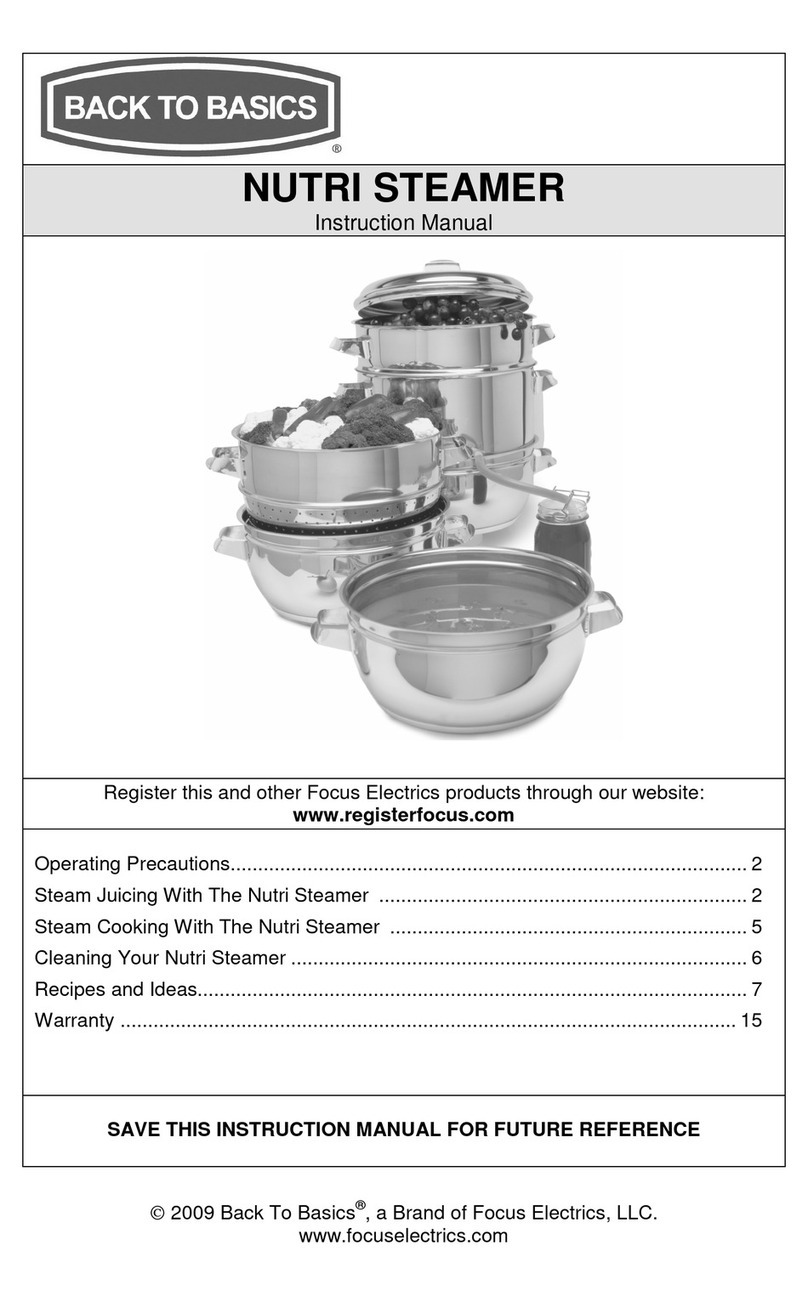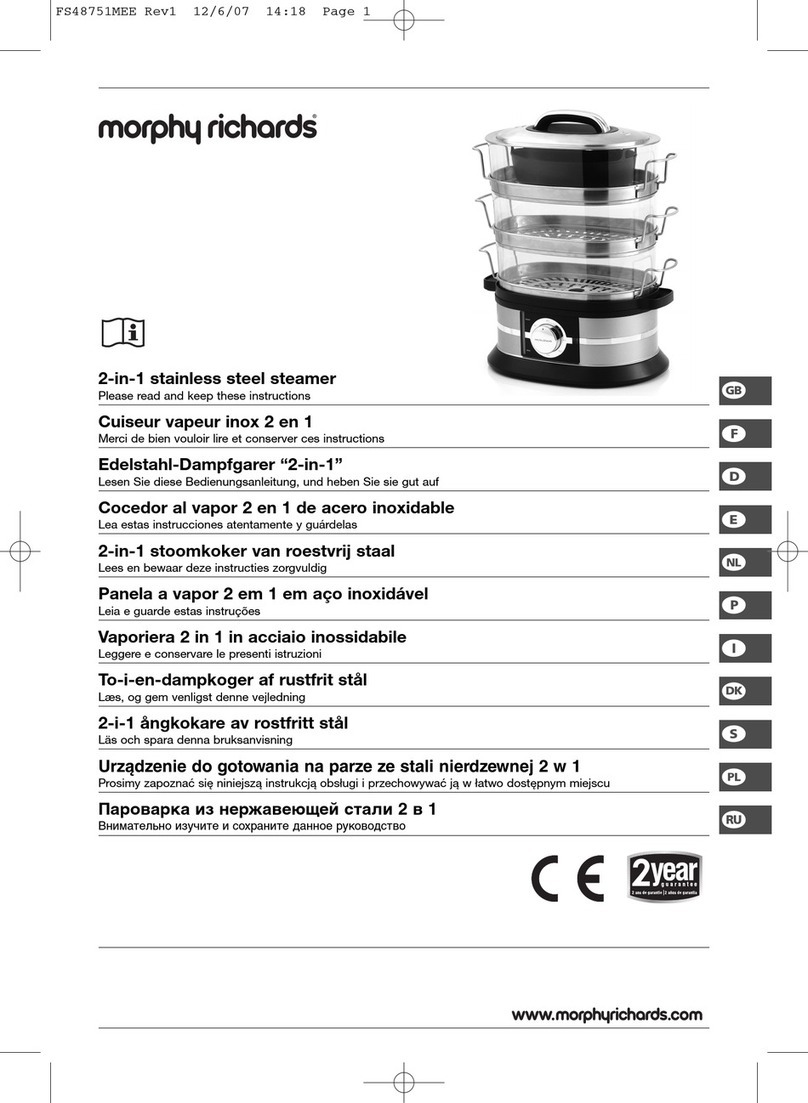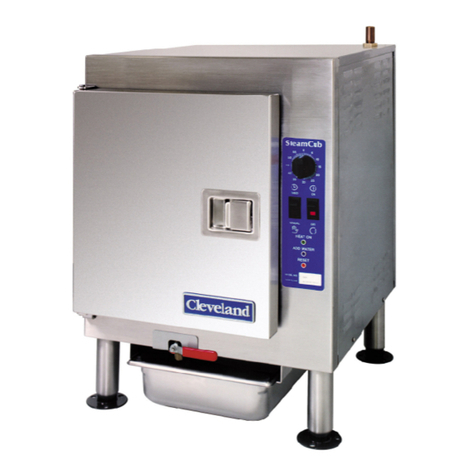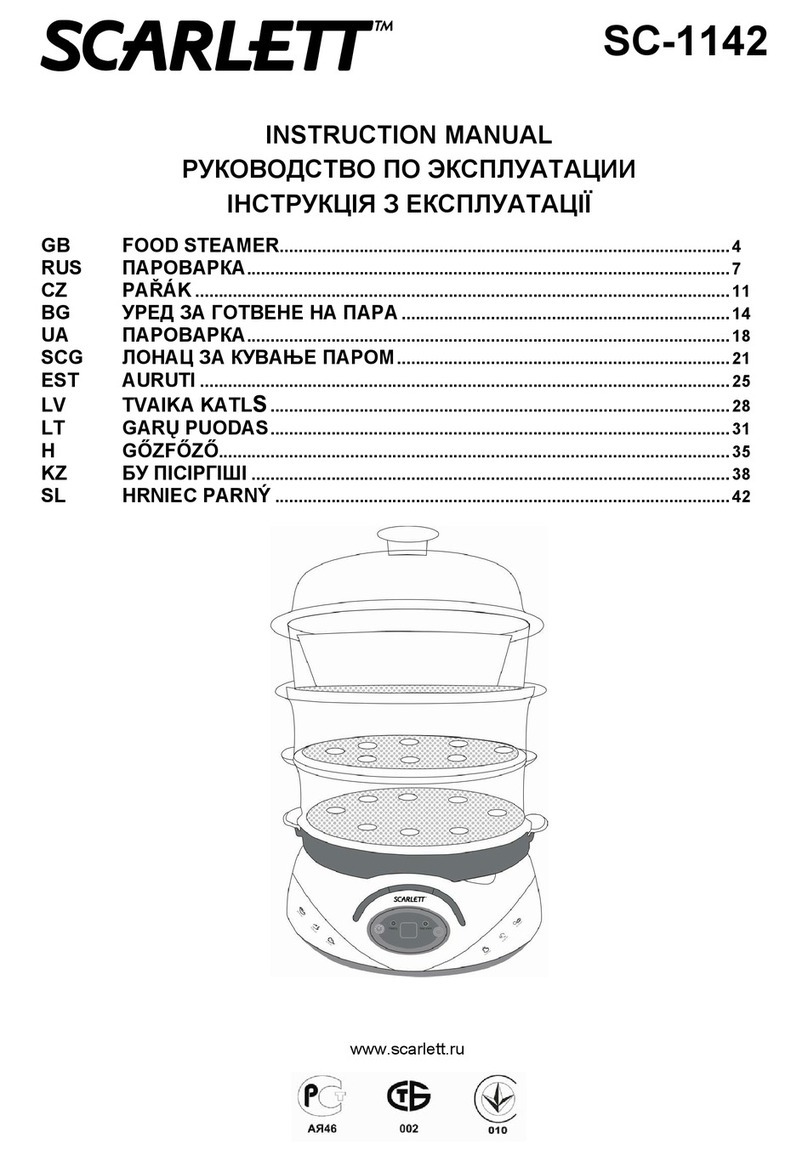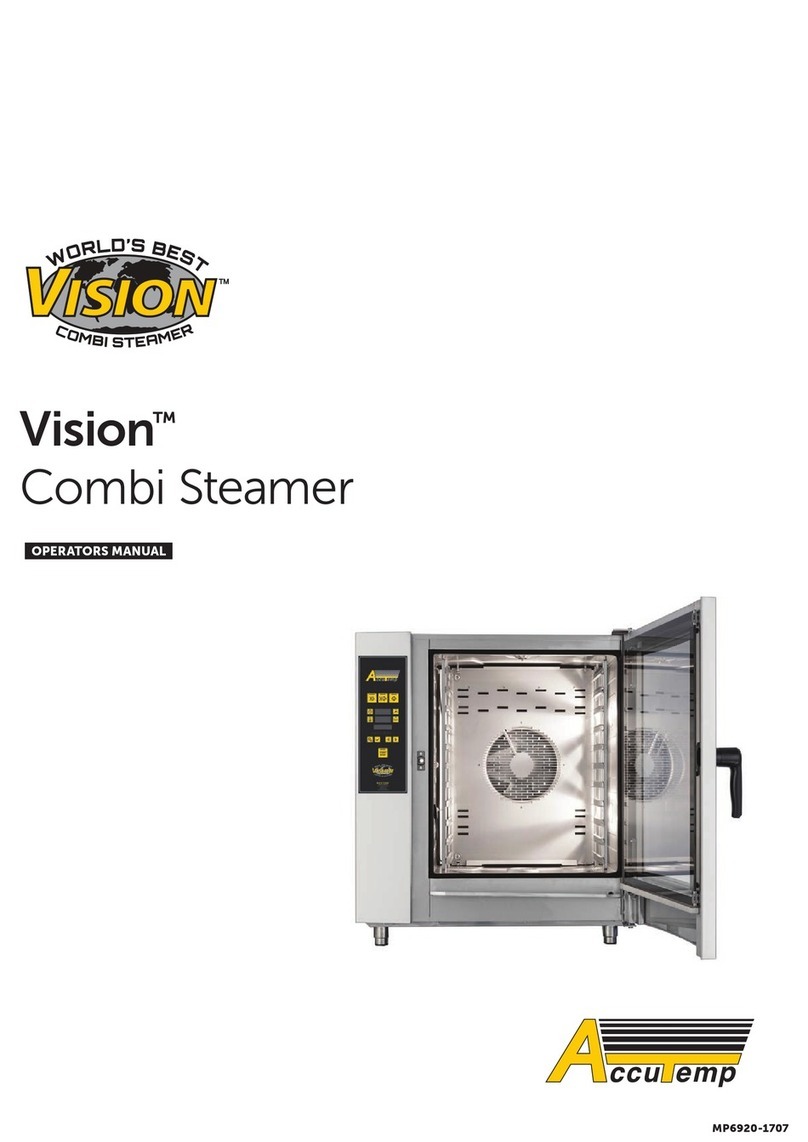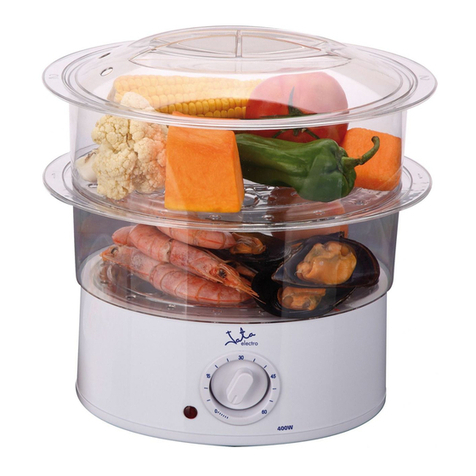4
9IMPORTANT SAFETY INSTRUCTIONS
READ AND SAVE THESE INSTRUCTIONS
4
IMPORTANTSAFETYINSTRUCTIONS
READANDSAVETHESEINSTRUCTIONS
WARNING
When properly cared for, your new appliance has
been designed to be safe and reliable. Read all
instructions carefully before use. These precautions
will reduce the risk of burns, electric shock, fire, and
injury to persons. When using kitchen appliances,
basic safety precautions must be followed, including
those in the following pages.
Fire Safety
Do not allow aluminum foil, plastic, paper or cloth to
come in contact with a hot surface element, burner or
grate. Do not allow pans to boil dry.
If the cooktop is near a window, forced air vent or fan,
be certain that flammable materials such as window
coverings do not blow over or near the burners or
elements. They could catch on fire.
Always have a working smoke detector near the
kitchen.
Never leave the cooktop unattended when in use.
Boilovers cause smoking and greasy spillovers may
ignite.
WARNING
TO REDUCE THE RISK OF A GREASE FIRE:
a) Never leave surface units unattended at high
settings. Boilovers cause smoking and greasy
spillovers that may ignite. Heat oils slowly on low
or medium settings.
b) Always turn hood ON when cooking at high heat
or when flambeing food (i.e. Crepes Suzette,
Cherries Jubilee, Peppercorn Beef Flambé).
c) Clean ventilating fans frequently. Grease should
not be allowed to accumulate on fan or filter.
d) Use proper pan size. Always use cookware
appropriate for the size of the surface element.
In the event that personal clothing or hair catches fire,
drop and roll immediately to extinguish flames.
Have an appropriate fire extinguisher available,
nearby, highly visible and easily accessible near the
appliance.
Smother flames from food fires other than grease fires
with baking soda. Never use water on cooking fires.
WARNING
TO REDUCE THE RISK OF INJURY TO PERSONS IN
THE EVENT OF A GREASE FIRE, OBSERVE THE
FOLLOWING:
a) SMOTHER FLAMES with a close-fitting lid,
cookie sheet, or metal tray, then turn off the
burner. BE CAREFUL TO PREVENT BURNS. If
the flames do not go out immediately, EVACUATE
AND CALL THE FIRE DEPARTMENT.
b) NEVER PICK UP A FLAMING PAN – You may be
burned.
c) DO NOT USE WATER, including wet dishcloths
or towels – a violent steam explosion will result.
d) Use an extinguisher ONLY if:
‒You know you have a Class ABC extinguisher,
and you already know how to operate it.
‒The fire is small and contained in the area
where it started.
‒The fire department is being called.
‒You can fight the fire with your back to an exit.
Whenever possible, do not operate the ventilation
system during a cooktop fire. However, do not reach
through fire to turn it off.
Cooking Safety
WARNING
Use this appliance only for its intended use as
described in this manual. NEVER use this appliance
as a space heater to heat or warm the room. Doing so
may result in carbon monoxide poisoning and
overheating the appliance. Never use the appliance
for storage.
WARNING
NEVER cover any slots, holes or passages in the oven
bottom or cover an entire rack with materials such as
aluminum foil. Doing so blocks air flow through the
oven and may cause carbon monoxide poisoning.
Aluminum foil linings may also trap heat, causing a fire
hazard.
